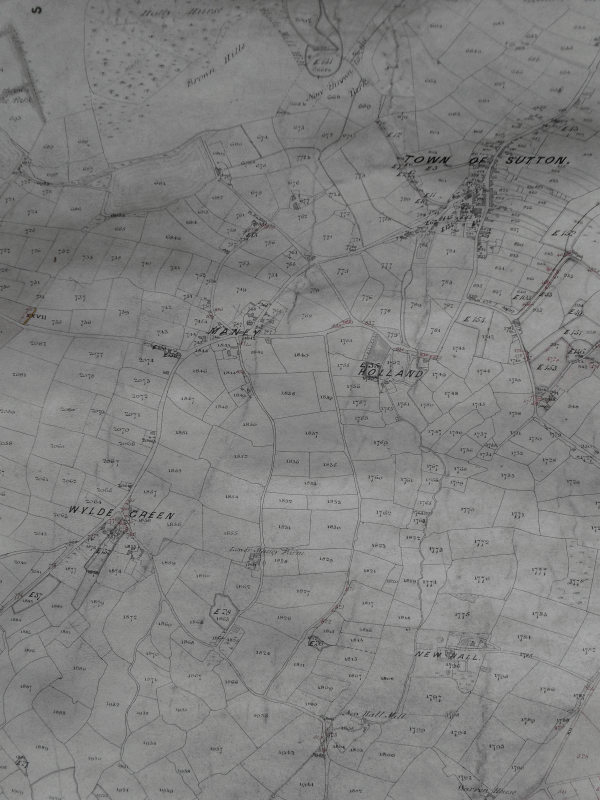Richard Holbeche, writing in the 1890s about his childhood memories, remembered a building on the Parade - “a little white house just beyond the bridge - a wire covering to the window looking up the hill towards the Cup suggested that a dairy was inside. Hayward, the present owner of the Manor, lived there in happy humbleness. He was a wheelwright and had a wooden shed just where the entrance to the Manor Road now is.” By the 1890s Thomas Hayward was indeed a rich gentleman living in style in a prestigious house, but his origins were not quite so humble as Holbeche suggests - his father, Thomas Hayward the elder, had also been upwardly mobile.
Thomas Hayward the elder, born around 1800 was a wheelwright in 1824, married with one son, the tenant of the house on the corner of Manor Road later known as “Ye Olde Pie Shoppe” which he rented from Lord Somerville. He rented his wheelwright’s shop, together with a house and garden, from Romilly and Hargreave - this property stood on the corner of South Parade, opposite the library. He also rented a few acres of meadow off Coles Lane, now part of Bishop Walsh School playing fields, probably as pasture for his horses. No doubt his was a profitable trade - wheels for all manner of vehicles had to be made by hand - but he seemed to be just another tradesman.
A Trade Directory of 1830 gives “Thomas Hayward wheelwright and pump-maker”, so he had other trades besides wheels, and the census of 1841 shows that he had three carters in his household - the Eddie Stobart of his day. Also in his household, in addition to his wife and four children, there were an apprentice and a maid; there may have been other employees not living in. The population of Sutton was increasing rapidly, leading to a demand for new housing - speculative building was the answer. One of Hayward’s first ventures, in about 1830, was a terrace of six cottages for rent on the corner of The Parade and South Parade, next to his wheelwright’s shop, on land he had bought from Romilly and Hargreave.
Other property developments followed, and in 1848 Thomas Hayward the elder staked his claim to gentry status by buying a big house at “the top of Sutton” where most of the gentry lived. This house, 85 Lichfield Road, known in the 1970s as “Bleak House” because of its derelict air, was purchased from James Pipe, and the family moved in. However, his eldest son, Thomas Hayward the younger, now 25, had married and continued to live for a time, not perhaps in happy humbleness, at the old pie shop, and never moved to Bleak House. Thomas Hayward the elder did not enjoy his new status for long, as he died later that same year, but his widow and unmarried daughter continued at “Bleak House” for the next fifty years.

1813 & 1814 now part of Bishop Walsh School playing fields.
Thomas Hayward the elder wheelwright and pump-maker bought Bleak House from James Pipe in 1848, died in 1848, wife Honoria and six children ince Thomas b. 1823.

